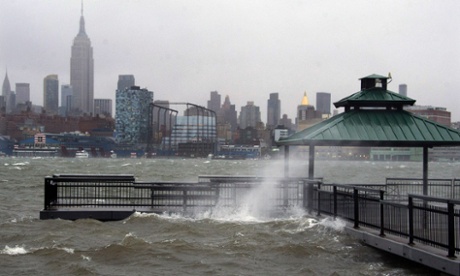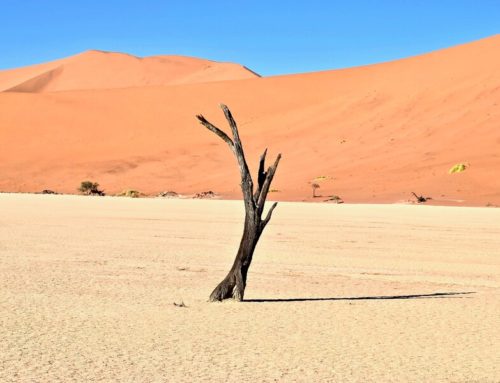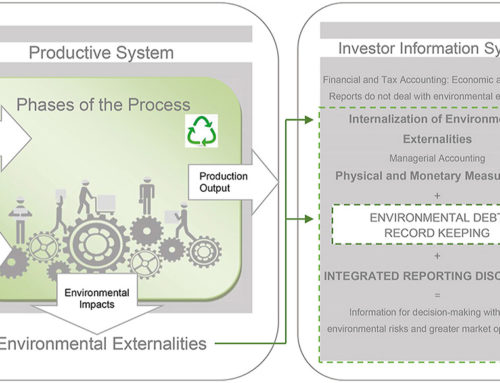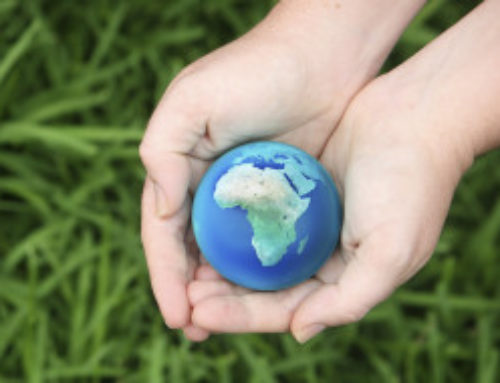First published in the Guardian on April 24th, 2014.
Today, tremendous work is being done to develop the metrics of natural capital. All kinds of very smart people and organizations are making the “business case” for sustainability, making tortuous calculations as they analyze the life cycles, carbon production and water footprints of a variety of products, all in an attempt to make the best possible business and marketing choices.
This arduous work is being done – finally – by gifted and smart accountants, economists and supply chain and manufacturing experts, from the Global Reporting Initiative to the Sustainability Accounting Standards Board to the Carbon Disclosure Project to the World Bank’sNatural Capital Accounting. I appreciate all of this work. We need it.
But, impressive as this work is, it is no replacement for having the courage to actually contemplate the state of the world around us. Right now, we are looking on with a mix of disbelief and ennui as extreme weather engulfs us. In some cases, we are trying to take what appear to be reasonable steps, mostly in order to protect our precarious perch in the world’s economy. The trouble is, the time for reasonable has passed. We have somehow forgotten that if there is no nature, there is no business.
We are in a global environmental emergency, but we are behaving as if incremental improvements to “business as usual” will do. Talk to a scientist, a fisherman, a native of a low-lying island or a farmer stymied by drought, heat or floods. Or for that matter, talk to anyone who has been flooded in southern England or Pakistan; or who is making flood insurance payments in New Jersey or Florida; or who is witnessing the effects of drought in the southwest US or Iran; or who is being scorched by heat waves in Australia or Argentina.
This ripple effects of these environmental disasters continue across the economy, hitting investors whose livelihood relies on predicting commodity prices, managers who are counting on seasonal hotel occupancies, and insurers who are facing double digit losses from catastrophes. Their jobs are getting harder – and many are scared to death.
Everything is upside down, a very very dangerous spiral has begun, and we’re nowhere near ready. Even in California, home of environmentally savvy governor Jerry Brown, voluntary statewide water rationing has only just begun three years into a drought. Voluntary!
My brother, a small businessman in Brooklyn, owns a factory that employs about 50 people. He makes a good living, pays his employees well and has been working in his field (construction parts and machinery) for 35 years. He’s much more conservative than I am, but he lives a fine life with a beloved family and demonstrates honor and courage in most everything he touches.
He took a very conservative approach to the recession and subsequent “end of any building at all” that he saw coming in 2008. Realizing that the boom years of the mid-2000s would not last, he saved for these rainy days, took care of his workers (kept them all on at four days a week despite virtually no new revenue for two years), invested his own money to support the business, slashed his own salary, and hoarded materials when times were flush. All this planning paid off: despite a very rough two years, he was able to withstand the recession. Now, business is booming again.
My brother’s tactics were not about sustainability – they were about survival. Conservative, in this case, essentially means conserving resources to ensure long-term security. In my brother’s case, from the time he became aware of the coming crisis, there was no “business as usual” in anything he did: he took emergency measures to protect his company, his workers and his future. And it worked.
Many companies are looking beyond sustainability to survivability in their radical approaches to environmental issues. KPMG calculated that the environmental degradation caused by the world’s 3,000 largest public companies totaled $2.15tn in 2008. This estimate undoubtedly antagonized many of the company’s biggest clients.
Some companies are addressing sustainability. Unilever committed to double sales and halve its footprint between 2010 and 2020, and created a global advocacy team to help it achieve that goal.
Sometimes, this new knowledge spurs even more aggressive action. When Puma measured its 2010 Environmental Profit and Loss (EP&L) with the help of PricewaterhouseCoopers and TruCost, it learned that its profit would have been reduced by 72% if it had integrated environmental costs into its accounting.
Puma’s parent company, Kering, is now pursuing an even deeper understanding of the company’s real costs, and is creating an EP&L for all of its 16 luxury brands, including Yves Saint Laurent, Gucci and Stella McCartney. And, in 2012, Kering’s vice-chair Jochen Zeitz and Sir Richard Branson formed the B Team, an organization tasked with creating a business model for the 21st century – with the understanding that the current model will not allow us to survive.
All of these corporate leaders are behaving as if their survival is at stake. They dared to read the weather pages and register that the world their businesses inhabit is trembling from environmental damage. And they instructed their companies to take commensurate action.
Only by adding courage to sustainability will we survive.





